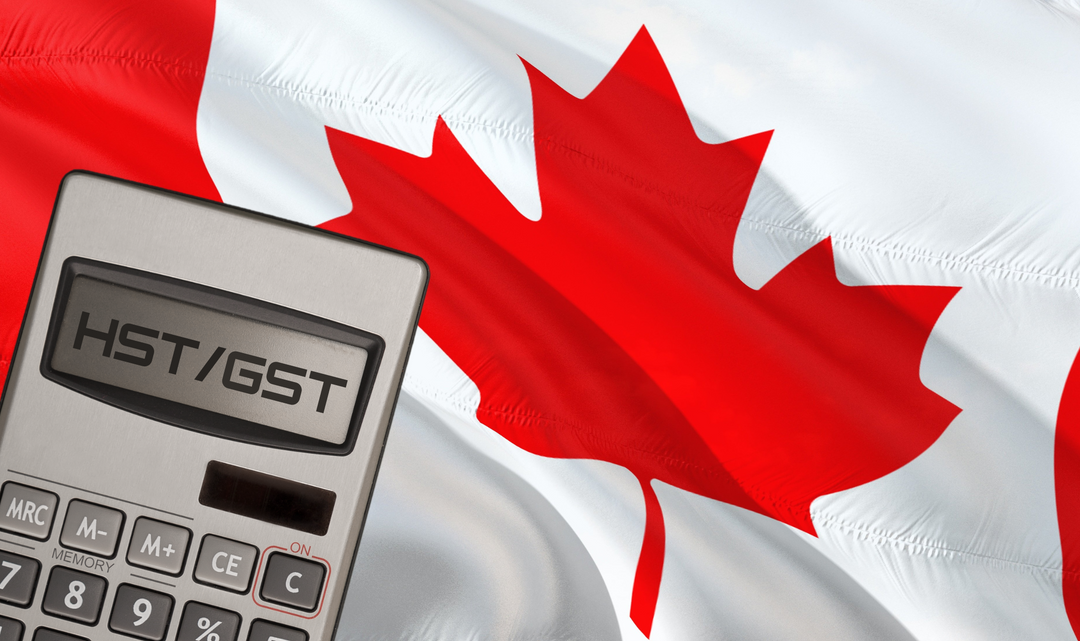FAQ – Importing Cosmetics Into Canada
For brands considering importing cosmetics into Canada, there are a number of requirements and regulations products must meet. Our team at Passport compiled some of the most frequently asked questions to ensure that brands avoid any violations that could remove their products from the Canadian market. If you’re looking for answers from international shipping experts, we’re here to help!
What is a cosmetic?
Health Canada defines a cosmetic as “any substance used to clean, improve or change the complexion, skin, hair, nails or teeth. Cosmetics include beauty preparations (perfume, skin cream, nail polish, make-up) and grooming aids (soap, shampoo, shaving cream, deodorant).
Can I sell my product in Canada?
Health Canada maintains a database of ingredients that are prohibited or restricted from use called the Cosmetic Ingredient Hotlist. In order for a cosmetic product to be sold in Canada, it must meet the listed requirements set forth by the FDA and CR. Find the most recent Cosmetic Ingredient Hotlist from 2019 here.
Are common ingredients really prohibited or restricted in Canada?
While Health Canada maintains prohibited or restricted chemicals on the Cosmetic Ingredient Hotlist, it’s not as simple as looking up the ingredient – oftentimes it depends on how the chemical is used. For example, Paraphenylenediamine is commonly-used in both hair dye and black henna temporary tattoos. It is perfectly acceptable as a hair dye, but prohibited as a temporary tattoo dye.
Are there specific labeling requirements?
Cosmetics that are intended for resale or distribution within Canada must adhere to the Consumer Packaging and Labelling Regulations. While products that are shipped direct-to-consumer and intended only for the consumer’s personal use are not strictly enforced, the Canada Border Security Agency can inspect and even test cosmetic shipments. They may look for products that are not labeled in accordance with these regulations and put them through more rigorous testing. It’s best practice to voluntarily comply with the labeling requirements and include:
-
An ingredient list (using the International Nomenclature for Cosmetic Ingredients (INCI) system)
-
The identity of the product, in English and French
-
A statement of net quantity in metric units of measurement
-
The name and address of the manufacturer or distributor
-
Warnings or cautions, in English and French
-
Directions for safe use of the product, in English and French
As a manufacturer, are there standards that I need to be aware of?
Yes! The Canadian Food and Drugs Act prohibits the sale of cosmetics that are “manufactured, prepared, preserved, packaged or stored under unsanitary conditions, that may cause injury to the health of the user, or that consist of any filthy or decomposed substance or any foreign matter.” Canada participates in a voluntary group of cosmetic regulatory authorities, also known as the International Cooperation on Cosmetics Regulation, setting standards related to manufacturing best practices.
Is my product a cosmetic or a drug?
Some products may share characteristics of both a cosmetic and a drug. For example, shampoo would be considered a cosmetic, but anti-dandruff shampoo may contain ingredients that classify it as a drug. Other products that live at the intersection of cosmetics and drugs may include anti-acne, anti-perspirants, toothpastes and mouthwash with fluoride or other anti-decay ingredients, medicated skin products, diaper rash products, antiseptic skin cleansers, sunscreen, and tooth whiteners.
In general, if a cosmetic makes a therapeutic claim or contains an ingredient listed in the Drug Product Database, it may be regulated as a drug. To help determine which regulations apply, be sure to visit Canada’s Cosmetic-Drug Interface site.
Health Canada also offers a guidance document to help determine whether a personal care product is regulated by the Cosmetic Regulations, the Food and Drug Regulations or the Natural Health Products Regulations.
How do I know if my products contain active drug ingredients?
Health Canada maintains a Drug Product Database that lists ingredients authorized for sale. Should you have a specific ingredient in question, access the online query resource to search by either a) drug identification number (DIN), b) Anatomical Therapeutic Chemical (ATC) code, or c) by company or one or more of the various other product characteristics listed.
Still have questions about importing cosmetics into Canada?
For even more insight on shipping cosmetics to Canada, we’ve compiled a list of the Top 9 Things to Know. Our team at Passport also has a number of trusted partners that can help with:
-
Personal care product classification
-
Ingredient and formula review
-
Packaging and labeling review
-
Label translations
-
Lab tests and toxicological risk assessments
-
Cosmetic Notification Form preparation and submission
Be sure to contact our team to set up an exploratory call so we can understand your international shipping goals and provide the best-in-class support.




